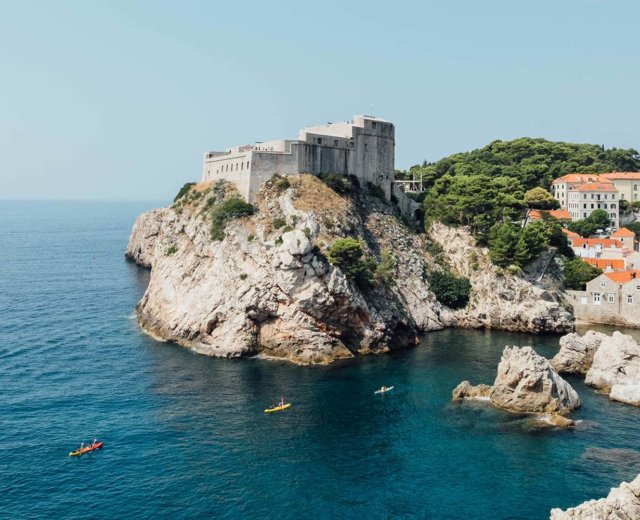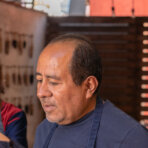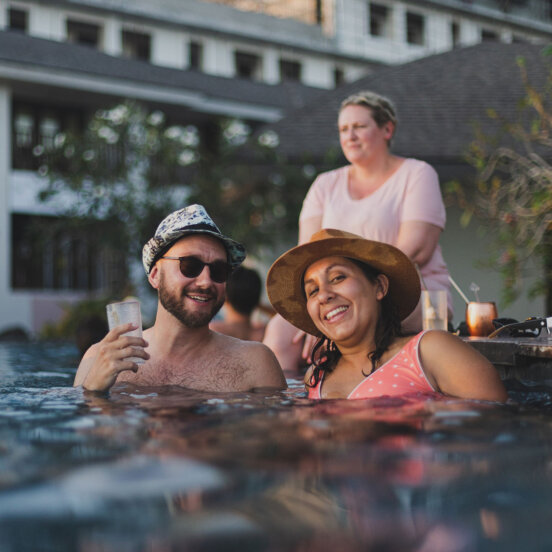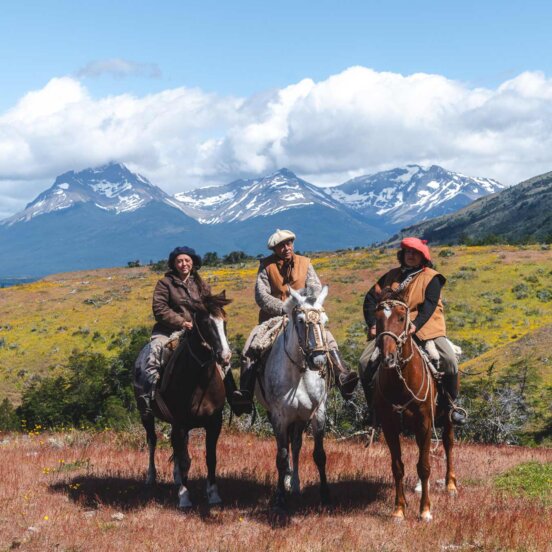State secrets: Uncovering the flavours of Oaxaca with Mexican chef Oscar Carrizosa
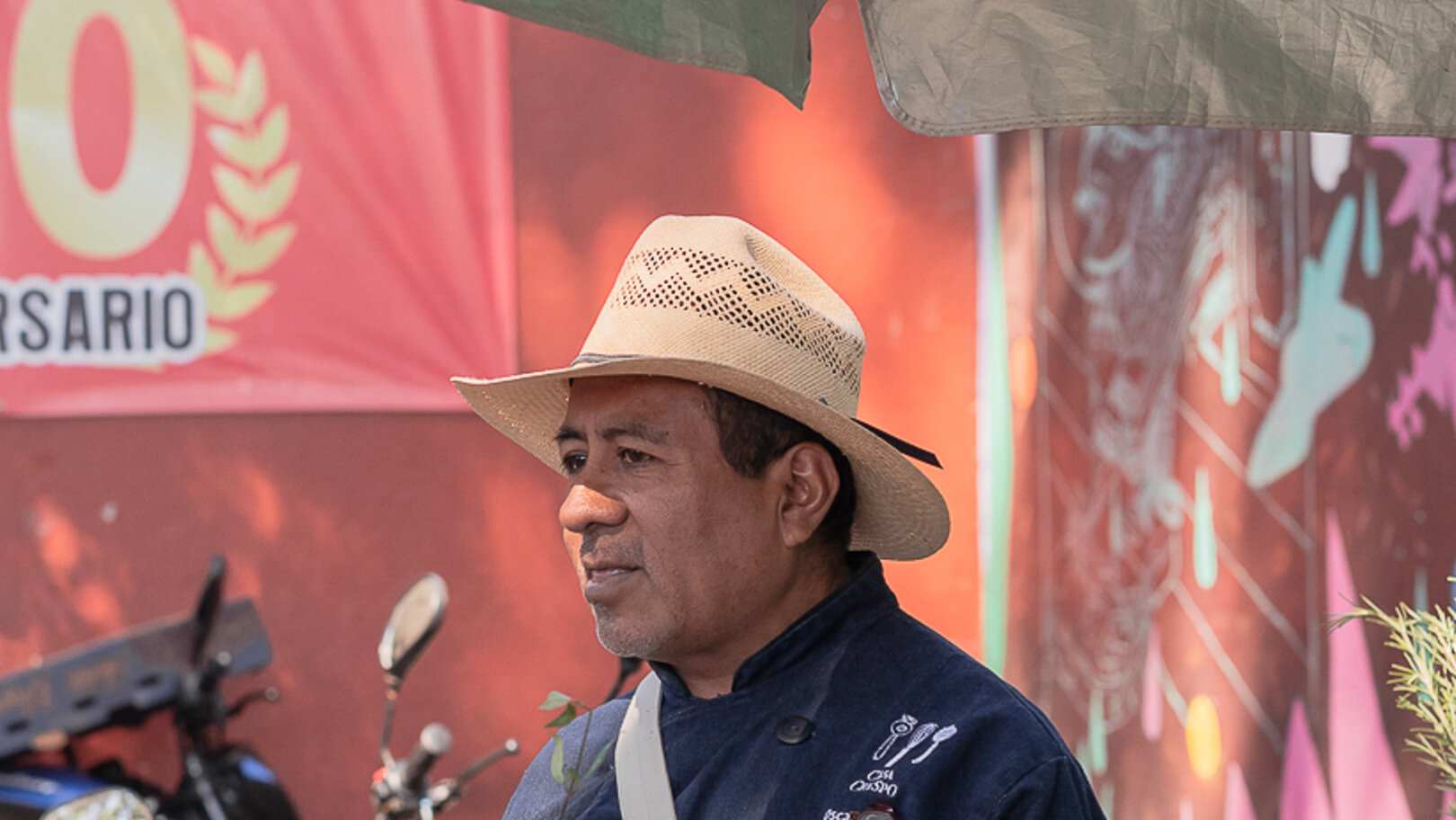
I’ve lived in the state of Oaxaca, Mexico, for most of my life. I decided to set up Casa Crespo, a cooking school and restaurant, to celebrate the incredible culinary heritage of the region, along with the family traditions I grew up with.
The city of Oaxaca de Juárez, along with the wider state, has a varied climate, meaning there are lots of different ecosystems that give rise to a huge range of native ingredients, collected from mountain ranges, subtropical highlands and the southern coastal area.
Oaxaca is also home to a rich indigenous history of cooking and culinary techniques, many of which date back to the pre-hispanic period. From the Zapotecs to the Chinantec people, we have 16 distinct ethnic groups in the region, each with its own language, customs and style of cuisine.
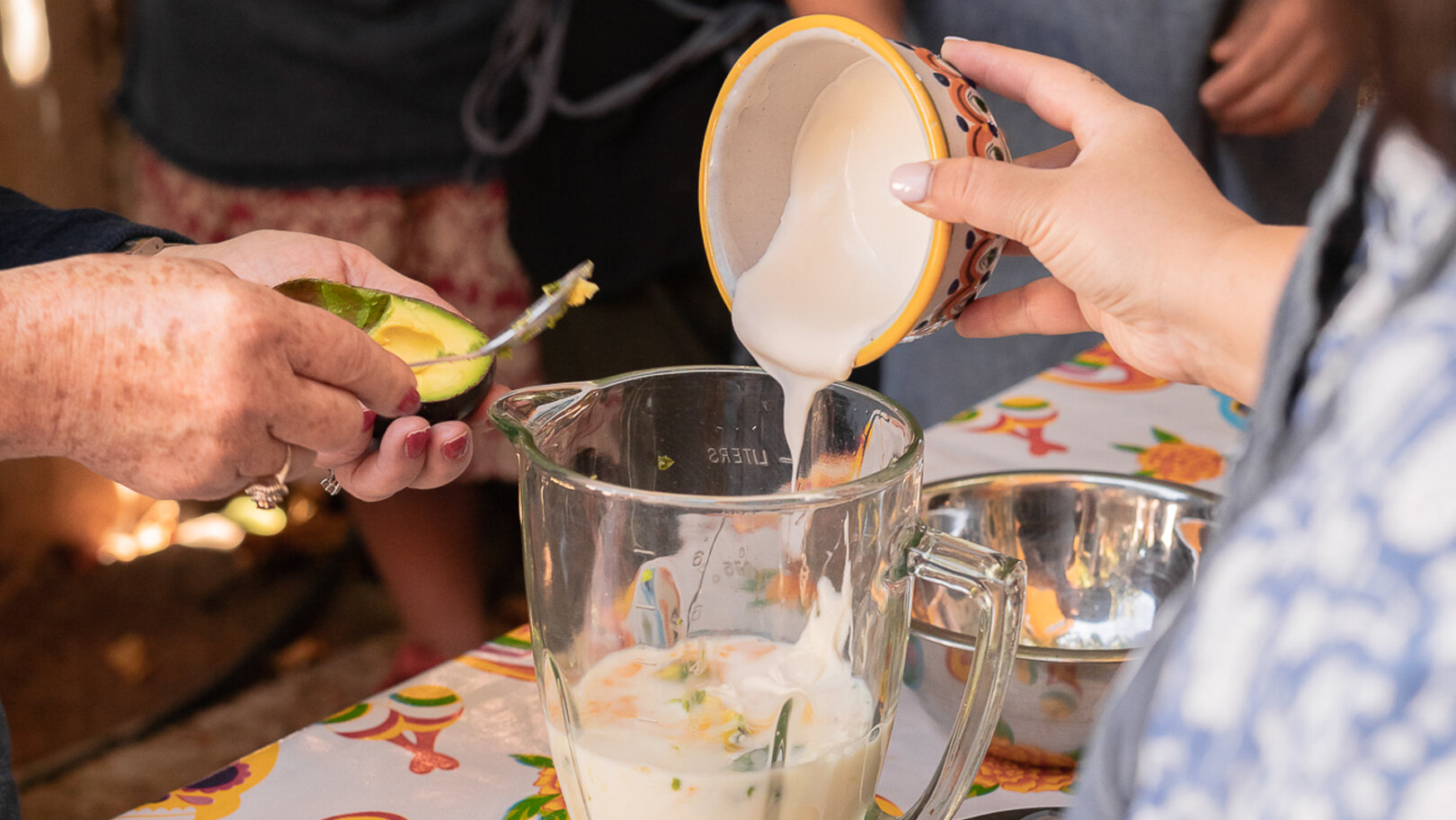
Oaxaca is known as the foodie capital of Mexico
In addition, we have a deep-rooted culture of festivities and celebrations across the state. Whether it’s a big family meal every Sunday, a quinceañera or Day of the Dead rituals, there’s always a reason to come together and eat different kinds of ceremonial food. Hence Oaxaca is known as the foodie capital of Mexico.
We have seven different varieties of mole sauces alone, and our markets here are bursting with local, seasonal ingredients – many of which are unique to the region.
With Casa Crespo, we want to capture the heart and soul of Oaxacan cooking, using fresh, organic produce. Some of this I create myself on a farm in the Mixteca region, where I grow heirloom corn, olives, avocados and limes, as well as raising my own chickens, turkeys and ducks. And some items – for example, seafood, or Mezcal, a potent agave-based spirit – I source from local suppliers and friends in the region.
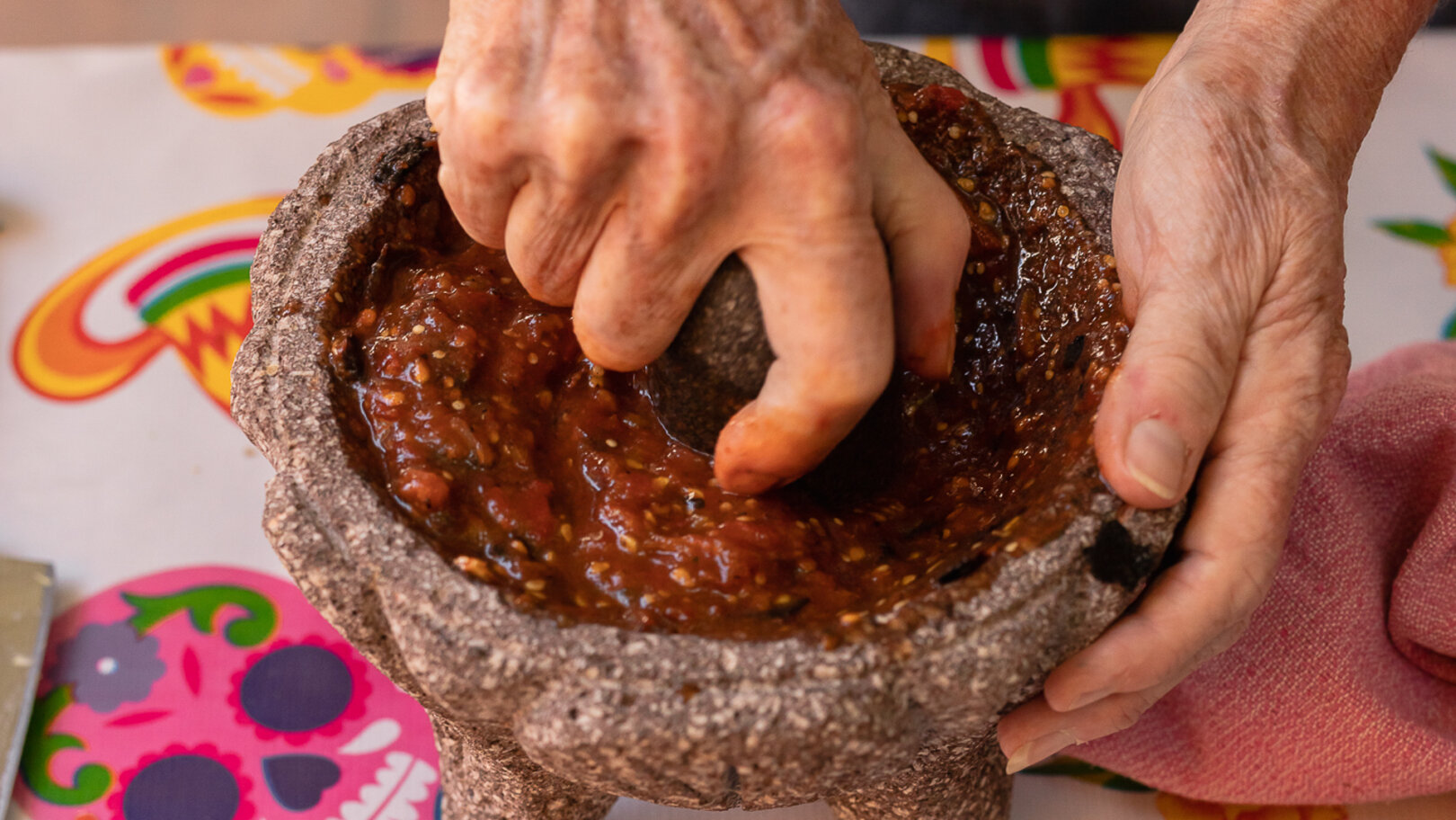
My restaurant is inspired by traditional techniques
I’ve spent years studying cooking with different communities and ethnic groups across Oaxaca to discover more about the region’s range of indigenous recipes and diverse influences. I tend to arrive in a small village and hire somebody who’s willing to teach me all they know about cooking; that’s my passion.
At the moment, I am being taught about Afromexica traditions in the Costa Chica region of Oaxaca. I’ve learned three recipes so far, including mole made with chicatanas (flying ants), hot spicy mole served with iguana, and tamales de tichinda, which are seafood-flavoured tamales made from coastal chiles and clams.
My restaurant is very much inspired by traditional ideas and techniques, too. For instance, we have a pre-hispanic dish called Caldo de Piedra, which is a seafood soup made from shrimp and a tasty fish broth. We deliver the ingredients to diners raw, then cook it in front of them using red-hot river stones. It creates a spectacular show.
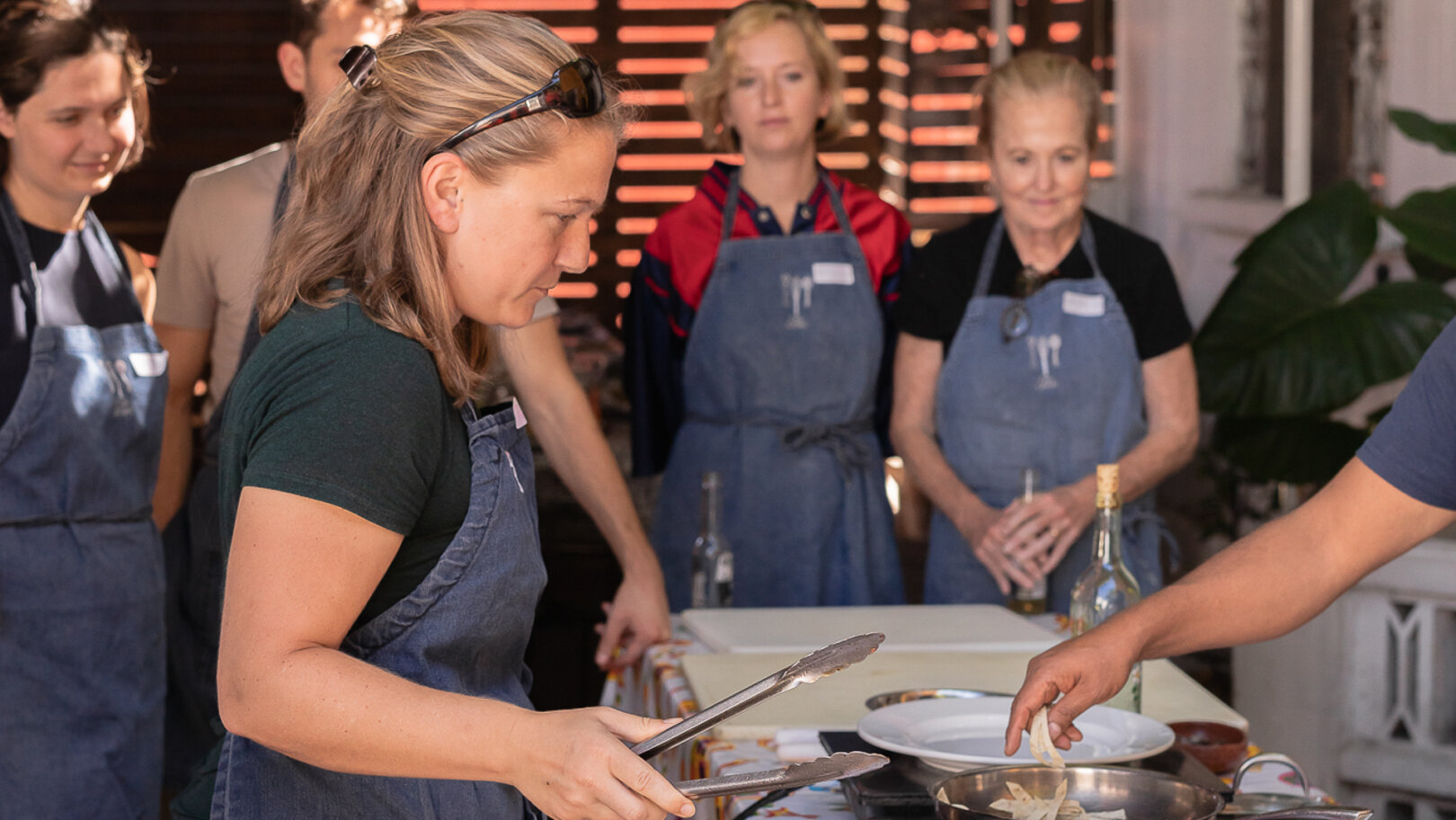
In my classes, we focus on dishes people can recreate at home
We make a dessert from an indigenous drink called bupa, which means “foam” in the Zapotec language. It’s considered to be the drink of the gods. It’s made from a combination of corn cream, unrefined sugar, cacao beans, and two types of native Oaxacan flowers. We also produce an artisanal form of Oaxacan chocolate ice-cream, which is unlike anything else you’ll taste in Mexico.
Meanwhile, in my cooking classes I love to welcome students from all over the world. For this reason, we tend to focus on more modern, commonplace ingredients so that people can recreate the dishes they learn at home.
At the beginning of a session like the one that appears on Flash Pack’s Mexico adventure, we’ll decide on a menu for our meal together. We’ll then pop to a local market to buy the produce we need.
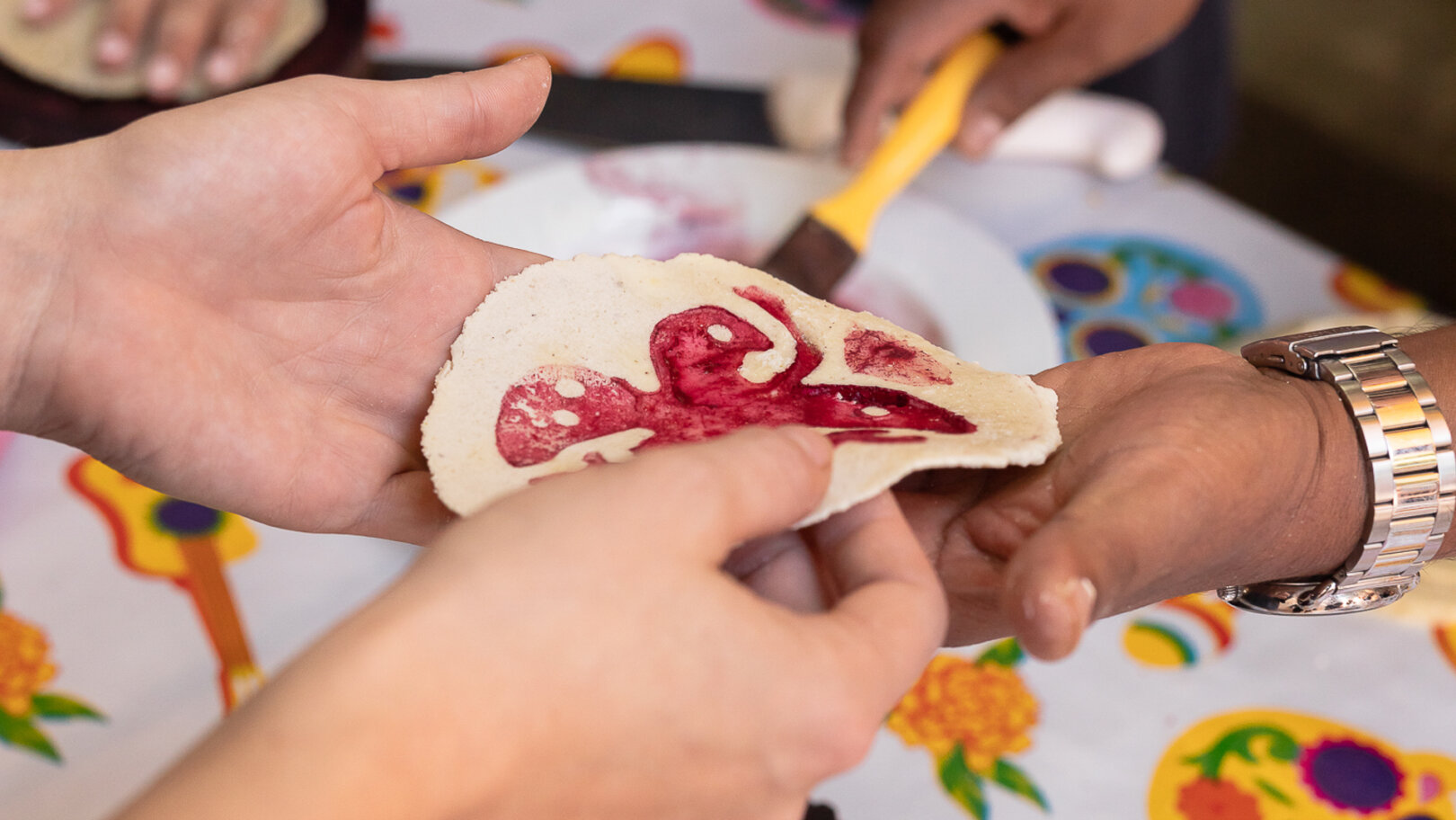
We make tortillas, moles, salsas and desserts together
This is really important because students can see first-hand the amazing varieties of fresh fruit, vegetables, beans, cheese and herbs that are produced in the region, as well as the variety from season to season. Typically, I’ll stop by different stalls and explain the origins of a particular spice, flower or vanilla pod being sold.
Then we’ll return to Casa Crespo to create a series of tortillas, moles, salsas and desserts together. Often, we’ll whip up a real feast, with anything from tacos to enchiladas and ice-cream in the mix. With larger groups, we make dishes, such as tamales, that require more participation and interaction because it’s more fun to get everyone involved.
We might also use some of our signature chocolate, which is made as the Aztecs and Mayans used to serve it, mixed with lots of chillies, spices and flowers.
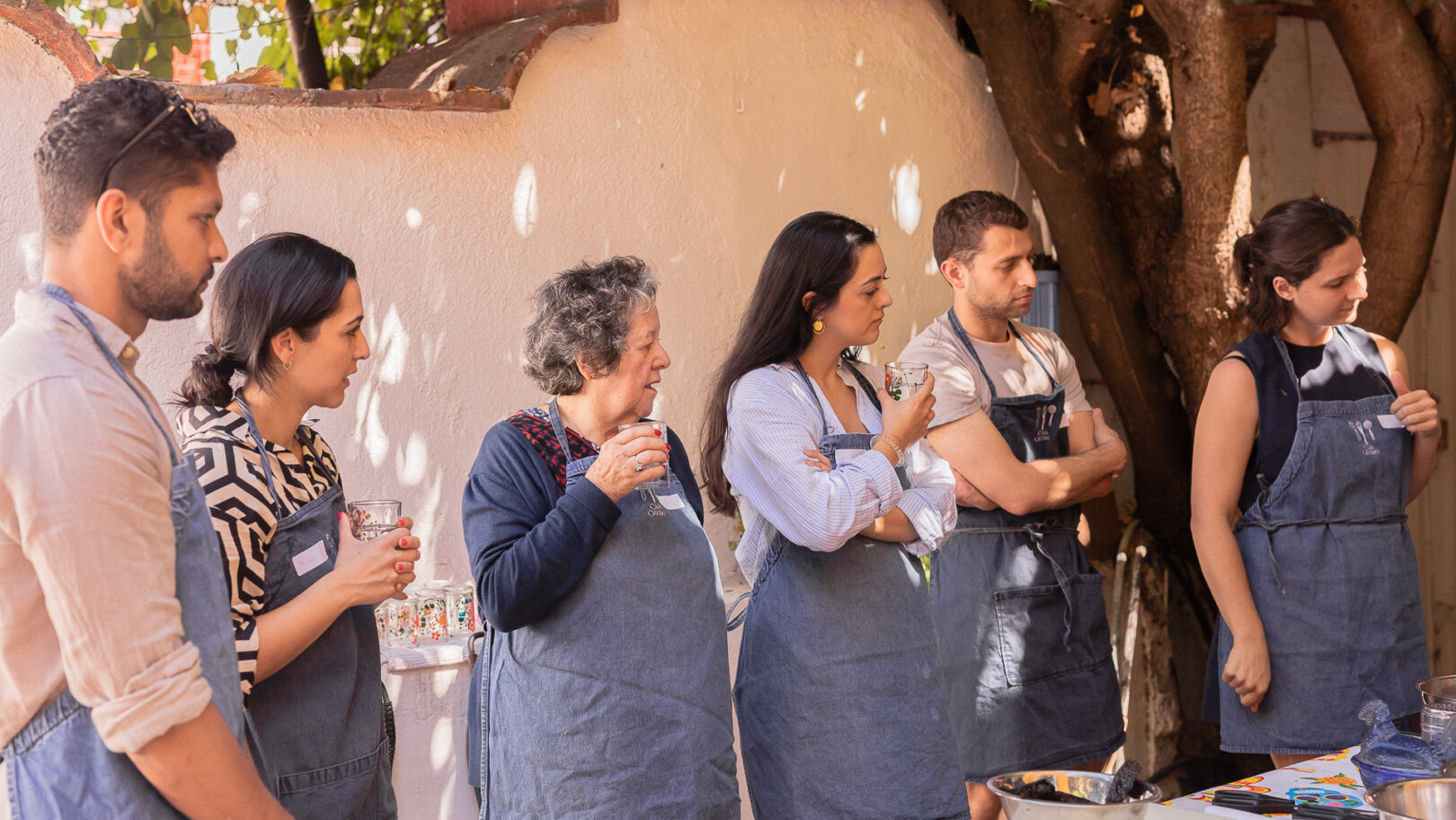
Everything in our family happens around a table
Guests are welcome to try some of our mezcal, too. Oaxaca is known as the birthplace of it and we have a legacy of family-run mezcaleros across the state. I currently supply two varieties at Casa Crespa; they’re produced by friends and I bottle and label them myself.
Whether I’m working from my restaurant or creating a five-course dinner with guests at my cooking school, I love to entertain – it’s an art I’ve picked up from my family. My mother, godmother and grandmother were all good cooks, so I grew up learning from them; not just in terms of food but traditions, such as how to set the table, give friends a warm welcome or decorate with specific kinds of candles or flowers.
To this day, everything in our family happens around a table. All my nieces and nephews celebrate their birthdays at my place. I have three kitchens for that very reason. We’ll also celebrate weddings, anniversaries and funerals with food. In my family, for example, a funeral will always be marked by a big meal at home to honour the life of the person who died; and we’ll cook a specific kind of mole with dark chocolate and spices for the occasion.
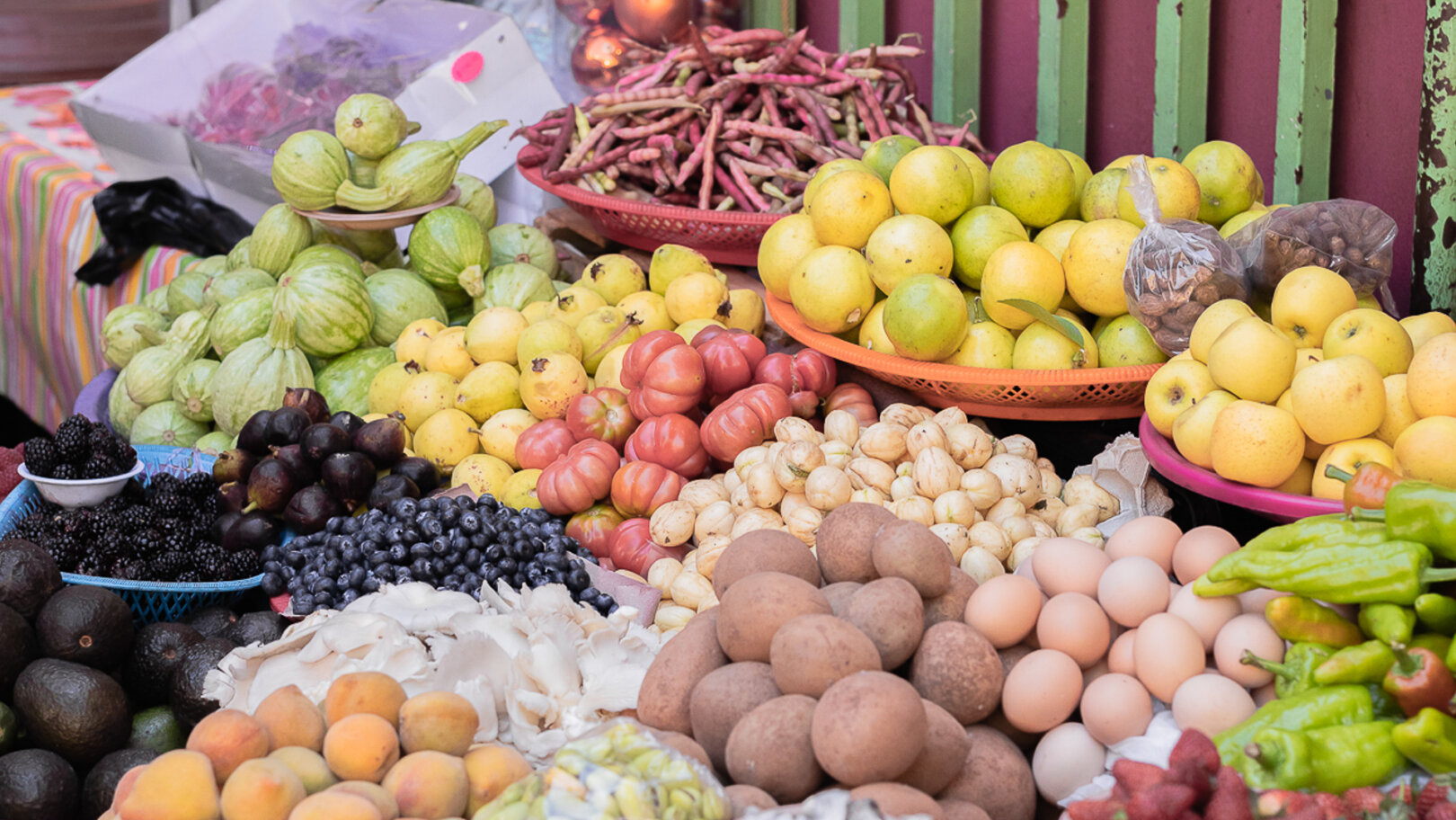
The local markets of Oaxaca are a unique experience
We also have festivals throughout the year, such as Mexican Independence Day or Our Lady of Sorrows on the final day of Lent, which come with their own culinary traditions and table décor. On Day of the Dead, for instance, many families cook a type of bread called pan de muerto, which is used to decorate elaborate altars.
When people ask me where is best to eat in Oaxaca, I recommend they try two different kinds of experience: high-end restaurants and street food. Last night, my friends and I tried out memelas (toasted cakes made from cornflour and refried beans) from Memelas Doña Vale. It’s a stand that appeared in a famous Netflix documentary; it’s very popular but the prices haven’t gone up and the food is fantastic.
I always tell travellers to head to the local markets of Oaxaca but wherever you choose to eat, you’ll be guaranteed a fresh, local and tradition-led experience, full of flavours you won’t find anywhere else.
Oscar Carrizosa is a legendary Oaxacan chef and founder of Casa Crespo, a restaurant and cooking school that appears on Flash Pack’s nine-day adventure to Mexico – where you can meet and cook with the man himself.
Got a story or adventure that could inspire a solo traveller like you? Tag @flashpack on social or email [email protected] to be featured.
Images: courtesy of Oscar Carrizosa x Casa Crespo

